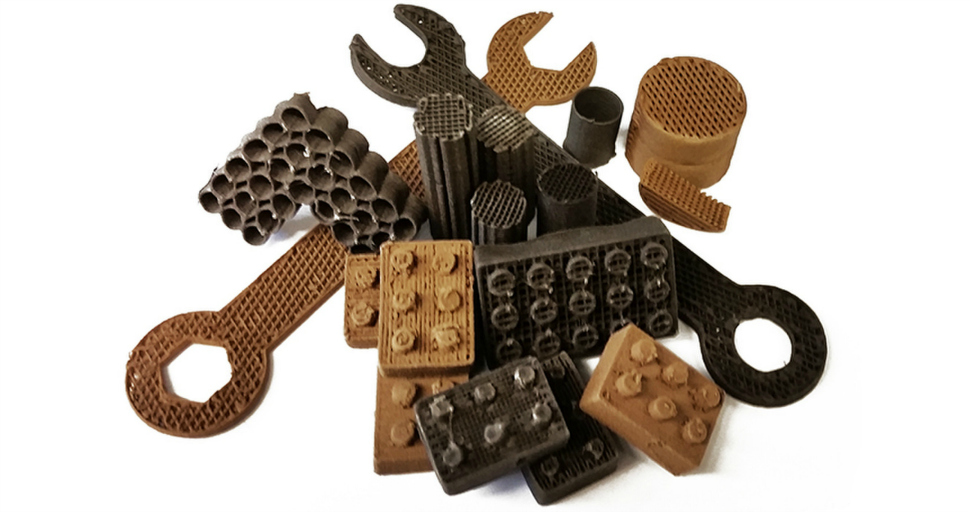BTN.com LiveBIG Staff, May 3, 2017
If you spent significant time building anything as a kid, chances are Lego figured prominently in your early career as a budding architect/construction worker/scientist.
When it comes to the latest breakthrough in 3D-printing from Northwestern's Tissue Engineering and Additive Manufacturing Lab, old habits must be hard to break.
While 3D-printing isn't new, the TEAM Lab, headed by engineering professor Dr. Ramille Shah, has demonstrated the ability to print tools, buildings and Lego bricks using a remarkable facsimile of dust from the surface of Mars and the moon.
Though it's not possible to acquire enough actual moon/Martian dust to use in their 3D printing efforts, the team created the next best thing:
Shah?s research uses NASA-approved lunar and Martian dust simulants, which have similar compositions, particle shapes, and sizes to the dusts found on lunar and Martian surfaces. Shah?s team created the lunar and Martian 3D paints using the respective dusts, a series of simple solvents, and biopolymer, then 3D printed them with a simple extrusion process. The resulting structures are over 90 percent dust by weight.
NASA and private companies are at work planning return trips to the moon and Mars, but a significant hurdle for these efforts is getting enough equipment and building materials to the surface in order to build actual colonies. TEAM Labs's work brings us that much closer to a Martian colony (a.k.a. science fiction becoming fact).
Here's Dr. Shah talking to a local TV anchor about the team's latest innovation.
Is this amazing? Yes. But for Dr. Shah and her team, it's just another day at the office. In fact, Northwestern – like many Big Ten schools – has been testing the limits of what can be done with 3D printing up to and including using the method to restore fertility. Shah's lab alone has used 3D-printing to create bone and metal, among other materials.







